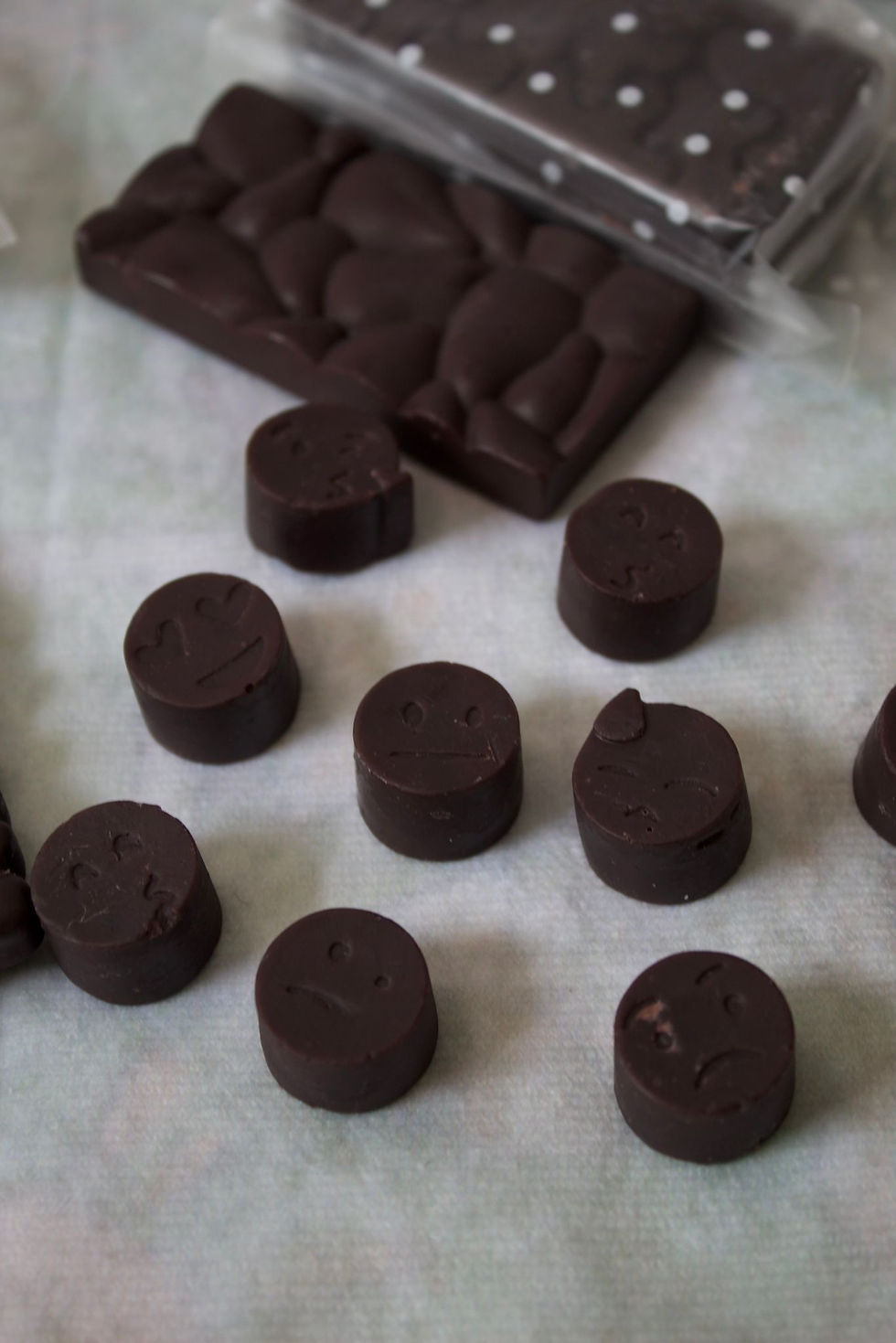The Art of Handcrafting Premium Candles
- officegavir
- Jul 28
- 4 min read
Creating premium candles is a delicate and rewarding craft that combines artistry, science, and passion. Each candle tells a story through its scent, design, and the ambiance it creates. Whether you are a hobbyist or an aspiring artisan, understanding the nuances of handcrafting premium candles can elevate your creations to a new level of sophistication and appeal.
Understanding the Essence of Premium Candles
Premium candles are more than just sources of light; they are expressions of luxury and comfort. The quality of materials and the attention to detail distinguish these candles from mass-produced alternatives.
To start, selecting the right wax is crucial. Options include soy wax, beeswax, paraffin, and blends. Soy wax is popular for its clean burn and eco-friendliness, while beeswax offers a natural honey scent and longer burn time. Paraffin wax, though synthetic, allows for vibrant colours and scent throw. Blends can combine the best properties of each.
Next, the wick plays a vital role in the candle’s performance. Cotton wicks are common for their steady burn, but wooden wicks add a unique crackling sound and aesthetic. The wick size must match the candle diameter to ensure an even melt pool and prevent tunnelling.
Fragrance oils or essential oils bring the candle to life. High-quality oils create a balanced scent throw without overpowering the senses. Experimenting with combinations like lavender and vanilla or sandalwood and citrus can produce signature aromas.

Crafting Premium Candles: Step-by-Step Process
Handcrafting premium candles involves several precise steps that require patience and skill. Here is a practical guide to help you create your own:
Prepare Your Workspace
Ensure your area is clean and well-ventilated. Gather all materials: wax, wicks, fragrance oils, containers, thermometer, double boiler, and stirring utensils.
Measure and Melt the Wax
Use a kitchen scale to measure the wax according to your container size. Melt the wax in a double boiler, monitoring the temperature closely. Most waxes melt between 60-85°C.
Add Fragrance Oils
Once the wax reaches the recommended temperature (usually around 65-75°C), add fragrance oils. Stir gently but thoroughly for 2-3 minutes to ensure even distribution.
Attach the Wick
Secure the wick to the bottom of the container using wick stickers or hot glue. Center the wick using a wick holder or pencil.
Pour the Wax
Slowly pour the wax into the container, leaving a small gap at the top. Avoid pouring too hot to prevent cracking or sinking.
Cool and Cure
Allow the candle to cool at room temperature. Curing time varies but generally ranges from 24 to 48 hours to enhance scent throw and burn quality.
Trim the Wick
Before lighting, trim the wick to about 5mm to ensure a clean, controlled flame.

Choosing the Right Containers and Designs
The container is not just a vessel; it is part of the candle’s identity. Selecting the right container enhances the candle’s aesthetic and functionality.
Glass Jars: Classic and versatile, glass jars come in various shapes and sizes. Frosted or coloured glass adds a touch of elegance.
Ceramic Pots: These offer a handcrafted feel and can be reused after the candle is finished.
Metal Tins: Portable and durable, tins are perfect for travel candles.
Concrete or Stone: For a modern, minimalist look, these materials provide a sturdy base and unique texture.
Design elements such as labels, ribbons, and lids contribute to the overall luxury experience. Using eco-friendly and recyclable materials can also appeal to environmentally conscious customers.

Enhancing Your Candles with Unique Features
To stand out in the market, consider adding special touches that elevate your candles:
Layered Colours: Pour wax in layers with different colours or scents for a visually appealing and multi-sensory experience.
Embedded Decorations: Dried flowers, herbs, or crystals embedded in the wax can create a stunning effect.
Custom Scents: Develop signature blends that reflect seasons, moods, or themes.
Personalisation: Offer custom labels or monograms for gifts and special occasions.
These features require extra care during the crafting process but can significantly increase the perceived value of your candles.
Caring for Your Premium Candles
Proper care ensures your candles burn safely and last longer. Here are some tips:
Always trim the wick before each use.
Burn the candle long enough to create a full melt pool to avoid tunnelling.
Keep candles away from drafts and flammable materials.
Store candles in a cool, dry place to preserve scent and prevent melting.
By educating customers on candle care, you enhance their experience and encourage repeat purchases.
Discover the World of Luxury Scented Candles
Exploring the realm of luxury scented candles opens up endless possibilities for creativity and indulgence. These candles combine exquisite fragrances with premium craftsmanship to transform any space into a sanctuary of calm and elegance. Whether for personal use or gifting, investing in high-quality candles enriches everyday moments.
Elevate Your Candle-Making Journey
Mastering the art of handcrafting premium candles is a fulfilling pursuit that blends creativity with technique. By focusing on quality materials, precise methods, and thoughtful design, you can create candles that captivate the senses and inspire relaxation. Keep experimenting, learning, and refining your craft to produce truly exceptional candles that shine in any setting.





Comments